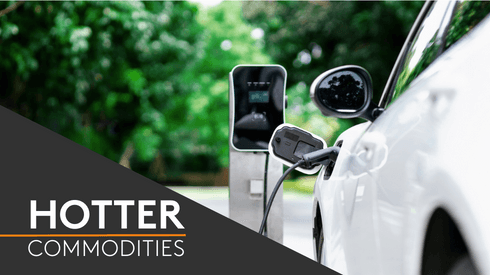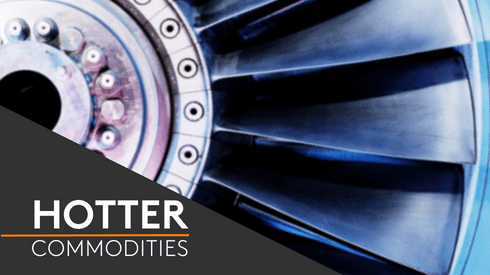From the key drivers of demand and price to the need for more recycling and logistics concerns, these experts covered what to expect from the year ahead for the cobalt market.
To listen to the webinar in full, you can access the recording here.
Prices are elevated but don’t expect them to move much higher
Senior price reporter Dalila Ouerghi said that cobalt hydroxide – particularly the market in Asia – has seen prices remain at an elevated level at the beginning of 2022. When speaking directly with buyers, Ouerghi noted that they are buying “hand to mouth” and – because the availability of the downstream product in China is a concern – that it is better to pay the rising price sooner than later.
As operations start to pick up again in the post-Covid recovery, we are starting to see more supply come onstream. This means that, while demand is strong and prices have moved up further than expected, they shouldn’t move much higher.
The key drivers of demand and price for the year relate directly to the energy transition
The key drivers were identified as follows:
- Continued strong growth in demand and market share for electric vehicles (EV)
- The build-up of energy storage systems
- Some recovery for those in the consumer electronics industry suffering as a result of semiconductor shortages
- Expectations of an increase in demand from aerospace in the medium term
While automakers might be looking to reduce the amount of cobalt in their batteries, it will not completely disappear
When it comes to battery cells, we are starting to see higher nickel and less cobalt, which will take some pressure off the market. We know that roughly 70% of the mined cobalt comes from the Democratic Republic of Congo (DRC) – where there are still supply and reputational risks for manufacturers – and 70% of cobalt processing occurs in China. This means a lack of diversity in the supply chain for automakers and battery makers relying on these two links in the supply chain.
Even if we see a reduction in cobalt, however, it will not disappear completely. This is because it is a stabilizer in batteries, so though it will not be used in certain EV models there will still be demand.
Trends for the exchange will follow the real world and physical market
When asked what trends the CME expected to see in 2022, Gregor Spilker said that, while it was hard to tell what sectors they expected to grow in contracts, the exchange did tend to follow what was happening in the real world.
“You can’t ignore how the EV market is growing. This creates more risk, as well as more value, and this risk needs to be transferred between buyer and seller,” said Spilker. “This is where the CME comes in.”
The CME can offer forward price risk management that enables you to lock in prices up to three years in advance.
Find out more about the derivatives contracts available with the CME here.
We will see the market for cobalt recycling continue to grow
While there has always been a market for recycling cobalt, now that we’re seeing high prices again there is an even greater need and want for it. This will help to mitigate supply restraints. As we see more recycling come in, there will be less reliance on the DRC as more local supply is available – as an example.
“Batteries need to become part of a circular economy,” said Will Adams. “At the moment, a lot of the recycled cobalt is coming from consumer products, but more will come from the EV market as cars come to the end of their lives and the need for recycling grows.”
Logistics and shipping disruptions will continue through the remainder of 2022
There are logistics and shipping disruptions from 2021 that have carried over into this year. These include the movement of cobalt hydroxide from South Africa to China, as well as the movement of cobalt from the DRC to South Africa.
“The main issue remaining is a lack of container space,” says Ouerghi, “with a backlog of 2-3 months of materials. When I speak with buyers who are selling hydroxide now at a fixed payable or spot basis, it would mean shipping in April. There could be delays and cancellations. This is something we will continue to experience through the remainder of 2022.”
If you’d like to listen to the webinar in full, you can access the recording here.




